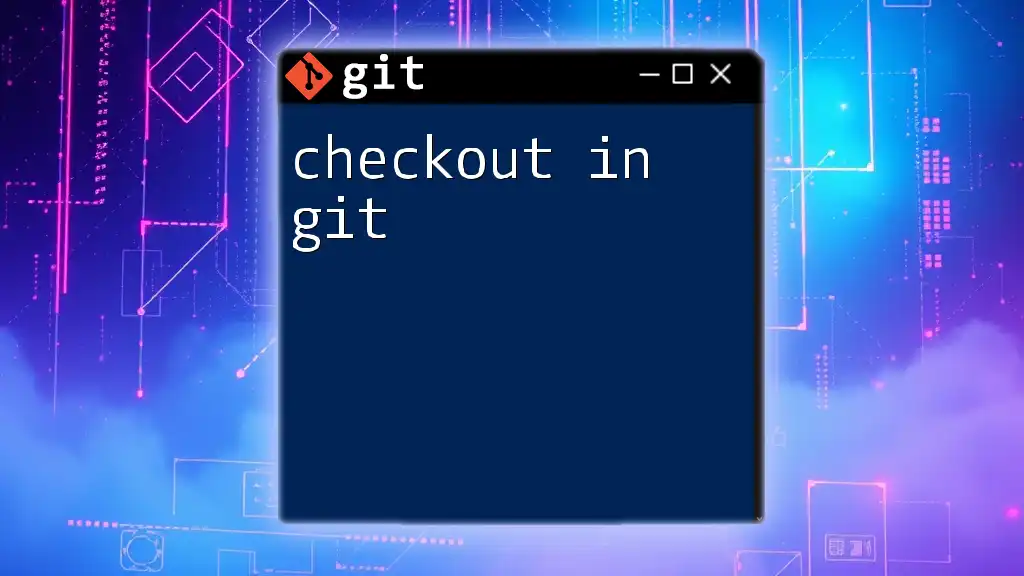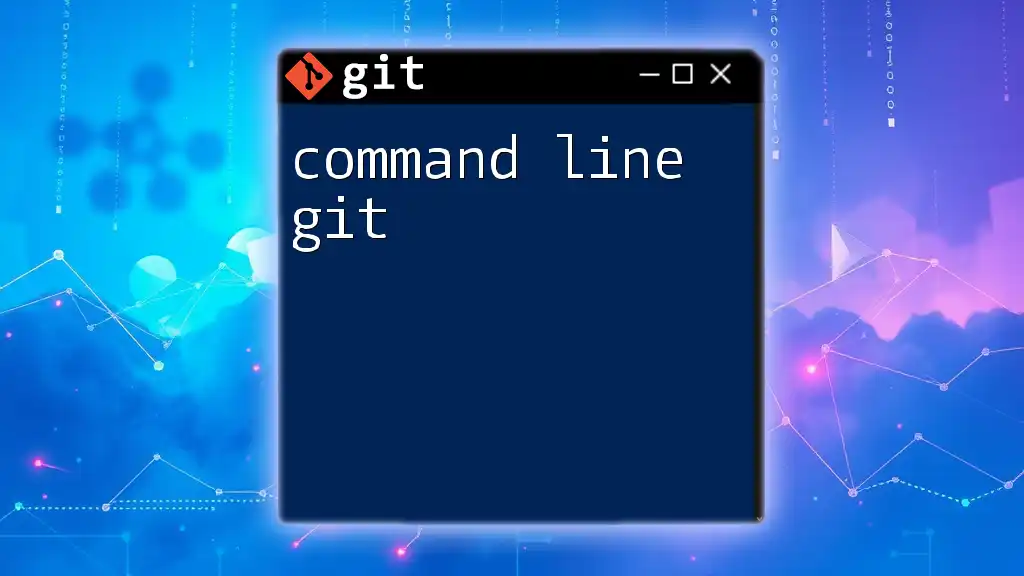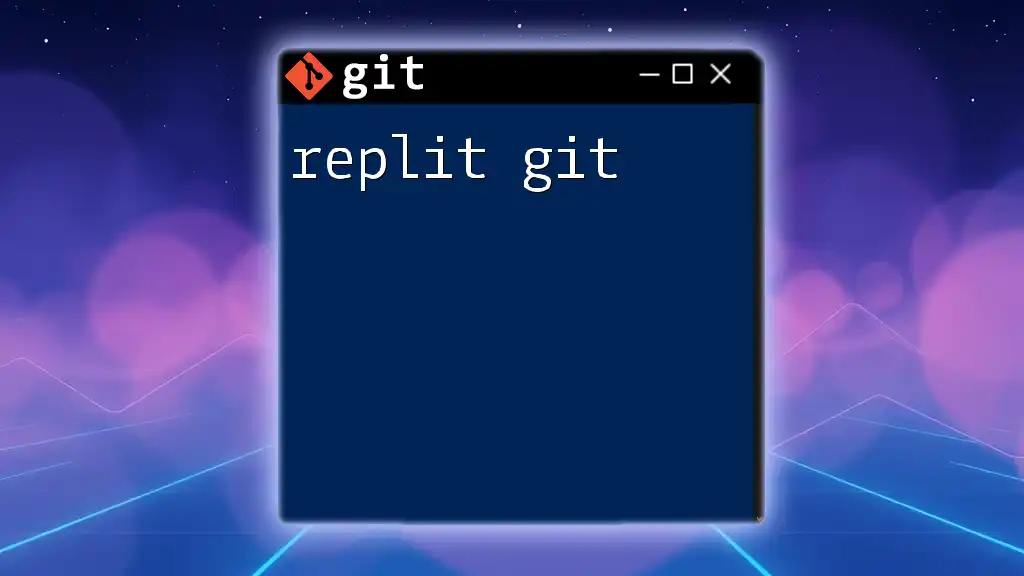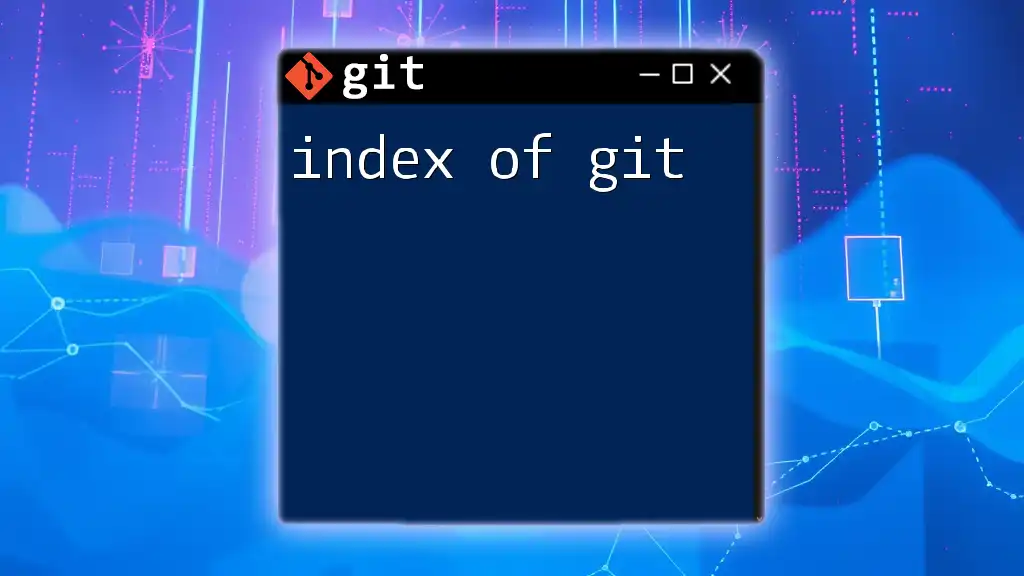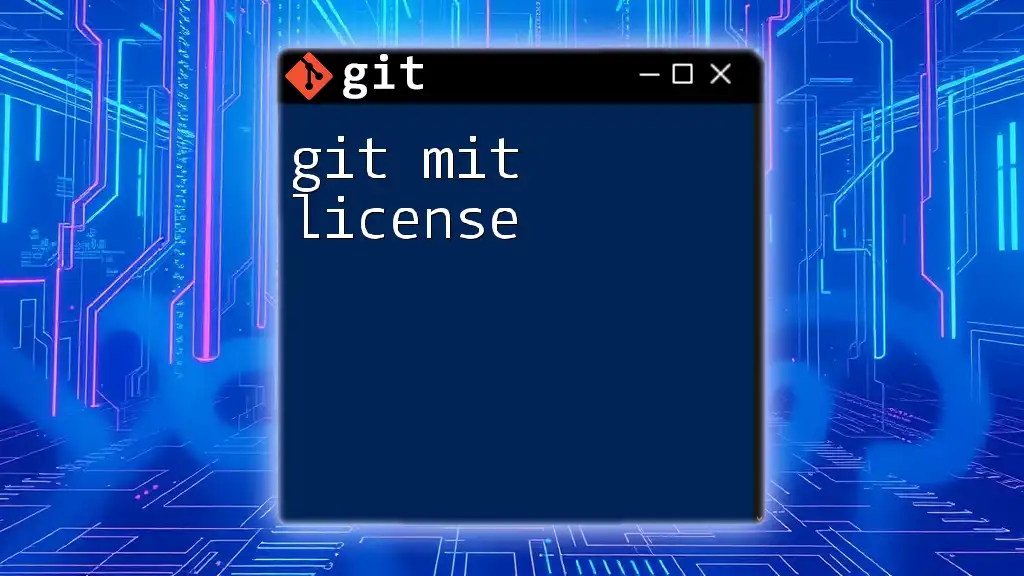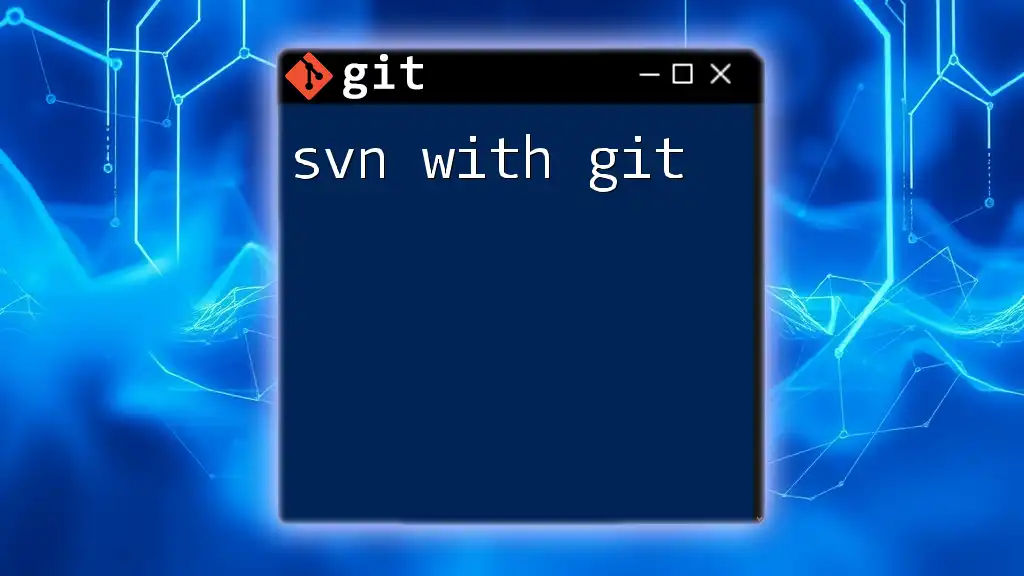Linux Mint provides a user-friendly environment for developers to efficiently learn and use Git commands for version control, streamlining their workflow in programming projects.
Here’s a basic example of a git command to initialize a new repository:
git init my-repo
What is Git?
Git is a powerful version control system that enables users to track changes in files, facilitating collaboration among programmers and teams. Unlike traditional version control systems, Git allows for a distributed architecture, meaning that each user has a complete copy of the repository, making it easier to work offline and merge contributions later.
Key features of Git include:
- Distributed Version Control: Each user possesses the entire history of the project, ensuring data integrity and allowing for robust backup options.
- Branching and Merging: Git's ability to create branches allows for experimental work without affecting the main codebase. Branches can later be merged seamlessly.
- Data Integrity: Every piece of data in Git is checksummed; any changes can be tracked and reverted if necessary.
Common uses of Git extend beyond individual projects; it is the backbone of collaboration on complex software projects, enabling teams to work concurrently without stepping on each other's toes.
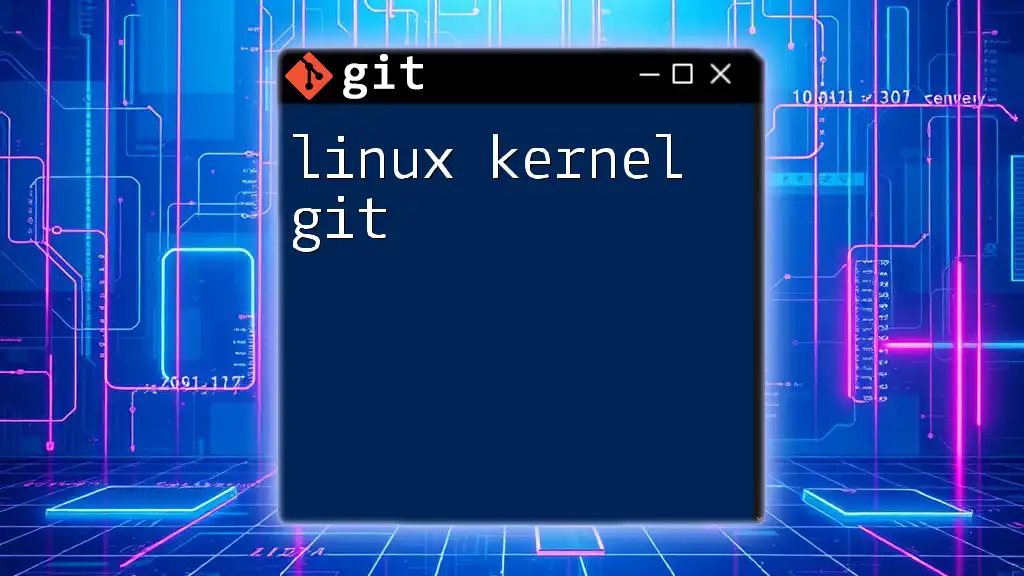
Setting Up Git on Linux Mint
Installation of Git
The first step in harnessing Linux Mint Git is to install the Git software on your machine. Here’s how to do this using the terminal:
sudo apt update
sudo apt install git
After installation, it is essential to verify that Git is installed correctly. You can check the version by running:
git --version
Configuring Git for First Use
Before you dive into version control, Git must be set up with your personal information. This configuration is crucial since it ensures that your commits are attributed to you. Use the following commands to set your username and email:
git config --global user.name "Your Name"
git config --global user.email "your.email@example.com"
By using the `--global` flag, these settings will apply to every Git repository on your machine.
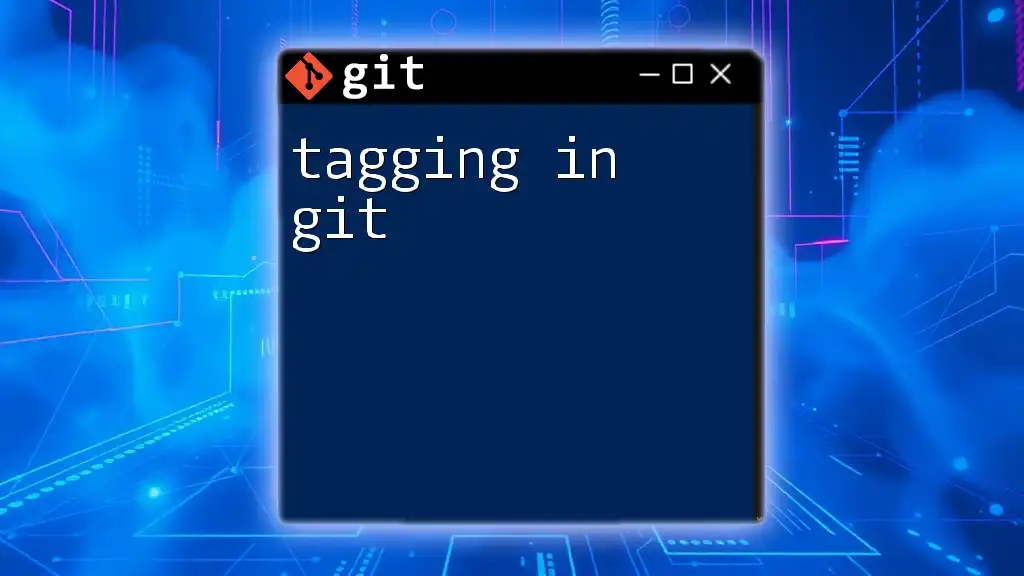
Basic Git Commands
Creating a New Repository
To start a new project, you will need to create a Git repository. A repository (or "repo") is a storage space for your project version control. Use the following commands to set up a new repository:
mkdir my-project
cd my-project
git init
The `git init` command initializes the directory as a Git repository, allowing you to start tracking changes.
Cloning a Repository
If you're working with an existing project, you can clone it using the `git clone` command. This command creates a local copy of a remote repository, enabling you to make changes and collaborate:
git clone https://github.com/user/repository.git
Tracking Changes
To track changes, you will first need to stage and then commit your updates. Staging tells Git which changes to include in the next commit.
-
Adding Files: You can stage a file with:
git add filename.txt -
Committing Changes: After staging, you can commit the changes with a description of what was done:
git commit -m "Commit message"
Viewing Commit History
Git allows you to review a history of all the commits made to your project. Use the following command to see the commit log:
git log
This will display the complete history of changes, including the commit hashes, author information, dates, and messages.
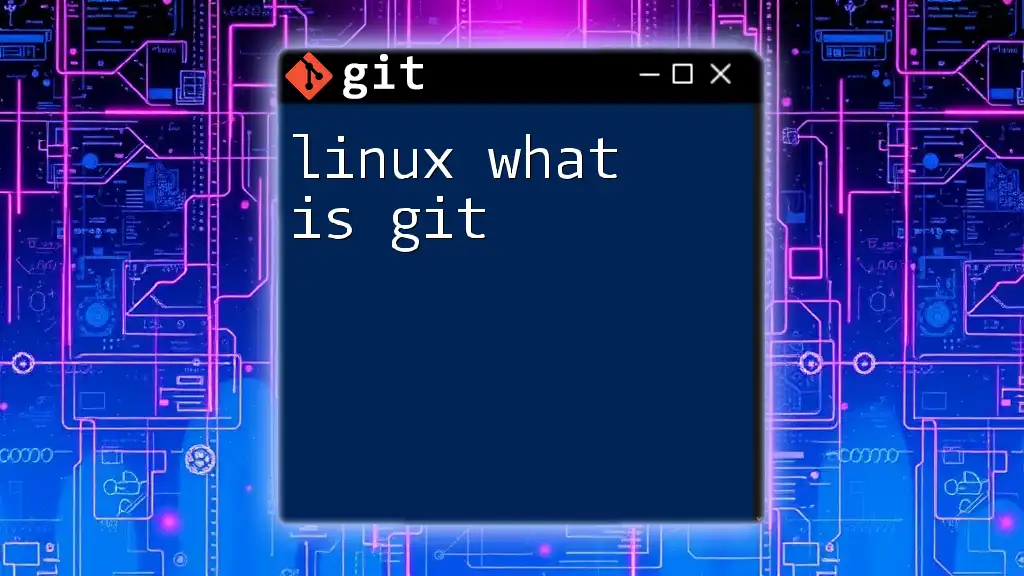
Working with Branches
Understanding Branching in Git
Branches are a fundamental feature of Git, allowing you to create separate lines of development. This is useful for testing new ideas without compromising the main codebase.
Creating a New Branch
To create a new branch for a feature or a fix, use:
git branch my-feature
Switching Between Branches
To switch to your newly created branch, you will use:
git checkout my-feature
Merging Branches
Once you have made changes in a branch and wish to incorporate them back into the main branch, you will need to merge it. First, switch back to the main branch:
git checkout main
Then, merge the feature branch:
git merge my-feature
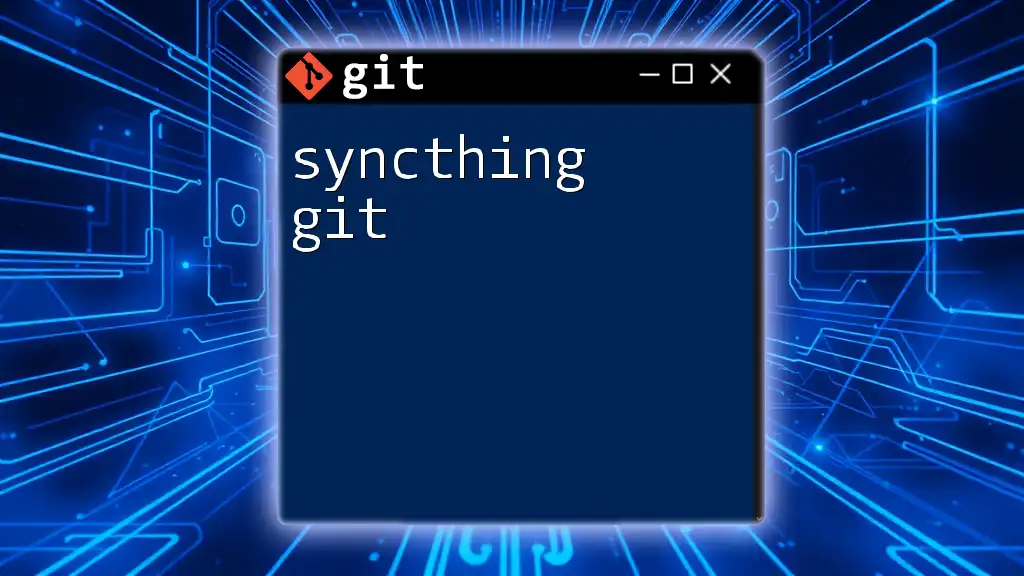
Remote Repositories
What is a Remote Repository?
A remote repository is a version of your project that is hosted on the internet or a network. It allows multiple developers to collaborate on the same project from different locations.
Adding a Remote Repository
To link a local repository to a remote one, use the following command:
git remote add origin https://github.com/user/repository.git
Pushing Changes to Remote
Once you've made local commits, you can push them to the remote repository:
git push origin main
This command uploads your local changes to the specified remote repository, keeping it synchronized with your work.
Pulling Changes from Remote
In a collaborative setting, you might want to incorporate changes made by others. To pull the latest changes from the remote repository, use:
git pull origin main
This command fetches and merges changes from the specified branch on the remote repository into your current branch.
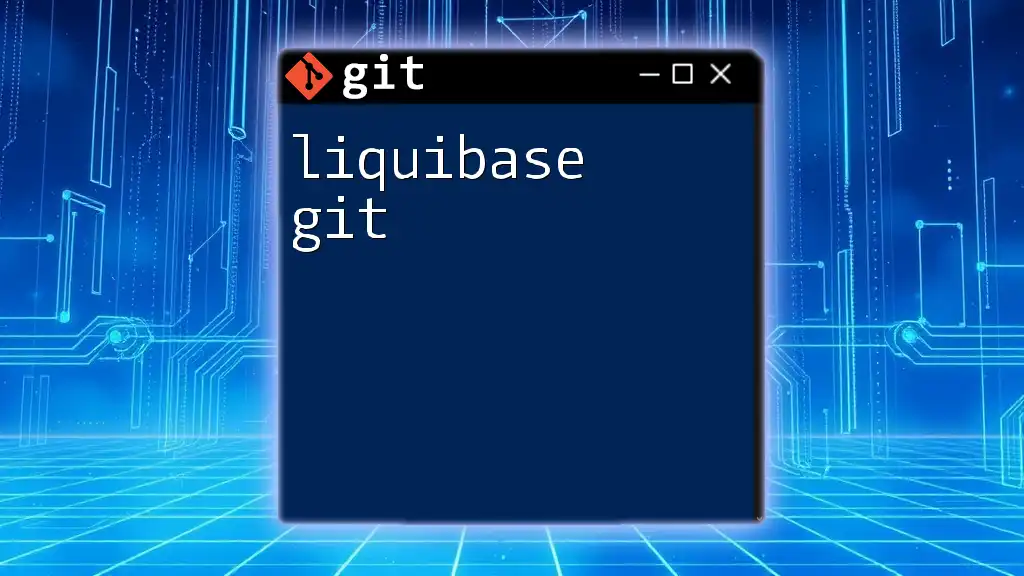
Handling Merge Conflicts
Understanding Merge Conflicts
Merge conflicts occur when changes from multiple branches conflict with one another, and Git is unsure how to combine them. This can happen when two users modify the same line of code, for instance.
How to Resolve Merge Conflicts
Resolving merge conflicts typically involves reviewing and selecting which changes to keep. Git often marks conflicting sections within the code, allowing you to edit accordingly. After resolving conflicts, stage the changes with `git add`, and then commit to finalize the merge.
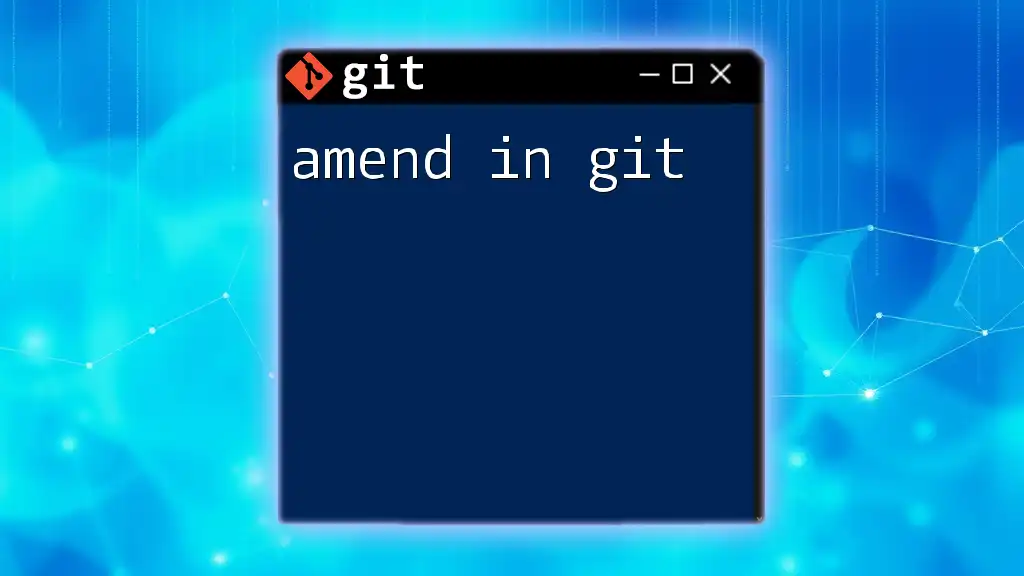
Common Git Workflows
Feature Branch Workflow
In this workflow, a new branch is created for each new feature being developed. This isolates the feature development until it's ready to be merged back into the main branch, fostering cleaner, more manageable code.
Git Flow Workflow
The Git Flow workflow is a popular branching model that defines specific roles for different branches. This method encourages separate branches for feature developments, releases, and hotfixes.
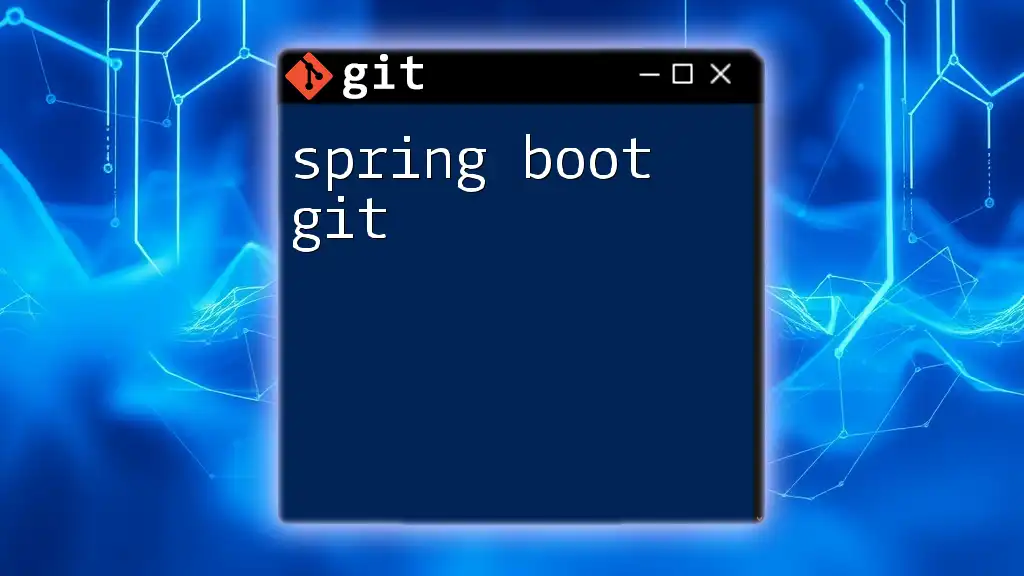
Conclusion
Git is an essential tool in modern software development, and using it within Linux Mint enhances the development experience with its user-friendly environment. I encourage you to practice the commands discussed in this guide to become proficient with Git, allowing you to take full advantage of version control in your projects.
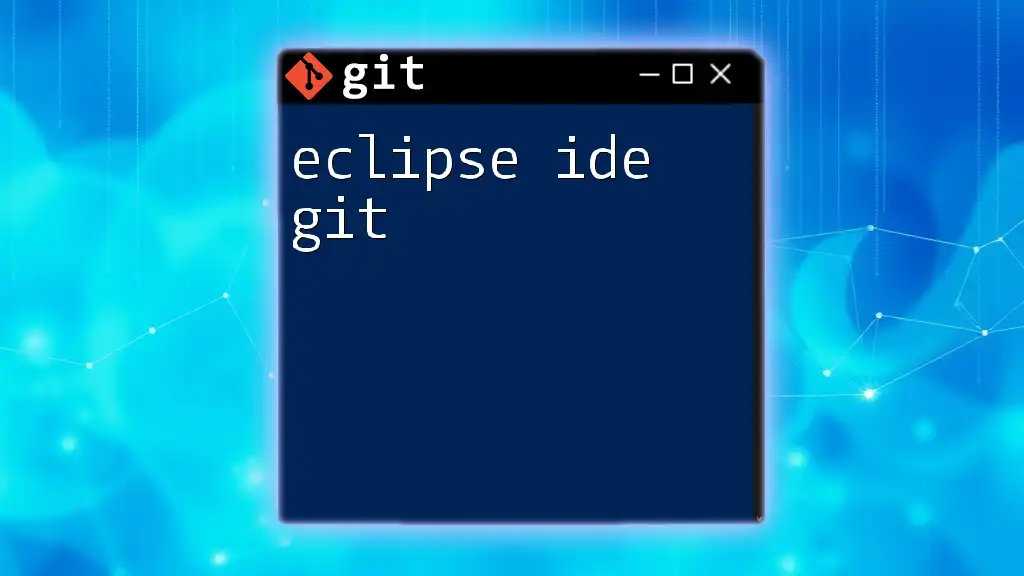
Additional Resources
To deepen your understanding and skills with Git, consider exploring the following resources:
- Official Git Documentation
- Git Community Resources
- Recommended Books and Online Courses
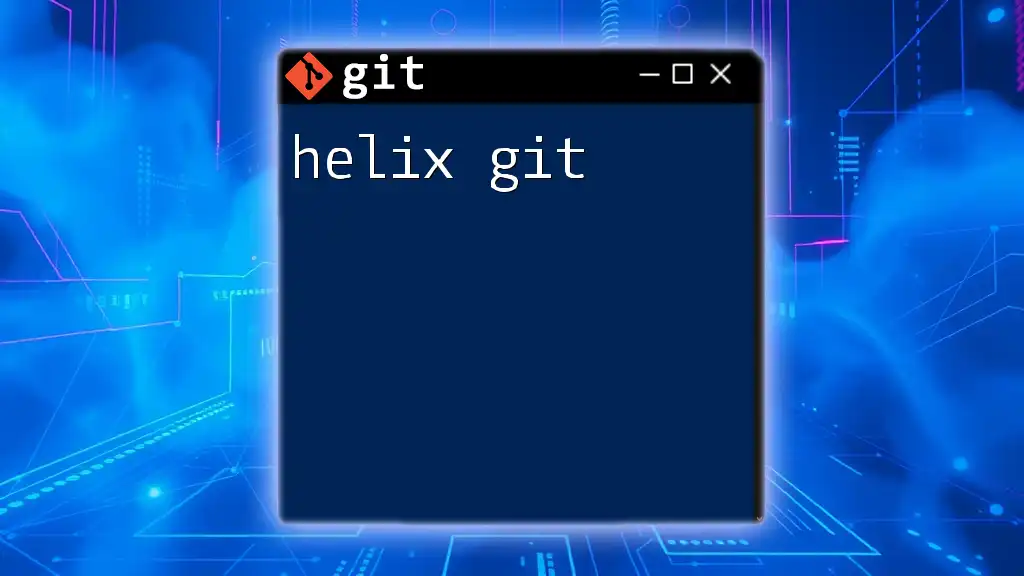
Frequently Asked Questions (FAQ)
In this section, you may find answers to common queries about using Git on Linux Mint, along with troubleshooting tips to help streamline your learning process.








